When Kawasaki introduced the supercharged H2 and H2R in 2015, it said the bikes were intended to “shake up” the world of high-speed motorcycles. This sector of the market had, in its words, “not shown any technological advances”, and the H2/H2R were a technological tour-de-force.
Forced induction is nothing new to today’s cars, with almost every major manufacturer offering a turbo or supercharged engine in their line-up. It’s also a way of controlling emissions, since smaller engines tend to pollute less than big V8s.
In the motorcycling world, things are slightly different, due to that issue turbochargers have, lag. Cars get around the lag issue with twin-stage, twin-scroll and variable geometry turbos, all of which serve to reduce the problem to imperceptible levels.
For bikes, the issue is lag when you don’t want it, like when building speed for acceleration, and power coming in with a rush when you really don’t want it, like when heeled-over mid-corner and the rear tyre is scrabbling for traction.
The Japanese majors all tried turbocharging back in the 80s, with Kawasaki leading the way in 1978 with the Z1R-TC. Suzuki came in with the XN85, a 650 cc four-cylinder producing 90 hp in 1982/83, the same year Yamaha introduced the XJ650 Seca Turbo.
Honda followed suit with first the CX500 Turbo, then the CX650 Turbo, after riders complained the bike lacked any sort of urge. The pinnacle came with Kawasaki’s 750 Turbo, boasting EFI, and a turbocharger located as close to the headers as possible to minimise lag.
And then it all went quiet. The riding public realised turbo bikes didn’t offer a lot of advantages over a 1,000 cc bike. Weight and power numbers were practically the same, and turbos were a lot less reliable than they are today. The tyres, suspension and frames of the time were inadequate to handle the power numbers forced induction was capable of producing.
Aside from drag racers and top-speed record attempts, forced induction motorcycles fell by the wayside, apart from the Vyrus 987 C3 effort in 2009. Till the advent of the H2, and its supercharger.
Kawasaki’s decision to invest in the engineering effort necessary to produce such a beast is reflective of the advances made in materials technology and manufacturing methods since the 80s.
Engine controls and rider aids are now common-place, and perhaps forced induction is due for a renaissance in the motorcycle world. Supercharging offers an advantage over turbos, since the impeller is driven at engine speed, eliminating lag. The faster you go, the more air you compress.
So is forced induction the way ahead? It depends on who you talk to. There are benefits to super and turbocharging, like getting big power numbers from small engines. There are disadvantages as well, such as added weight, maintenance and complexity, something a lot of riders dislike.
Kawasaki’s H2 and H2R are currently factory specials, hand-built to order, although they have shown the SC-02 Spirit Charger concept bike, with a supercharger fitted to a mid-size engine. Suzuki is rumoured to be bringing out a new Hayabusa with a supercharged 1,400 cc engine.
While both Yamaha and Honda have not said anything about forced induction on their two-wheeled offerings, it can be safely assumed developments at Kawasaki are being watched with interest. Developments in electric motors and battery technology are also advancing e-bikes and hybrid electric bikes, which shall be covered in a forthcoming feature.
So, what do you think? Is forced induction for motorcycles the way forward? Leave us your thoughts and comments.
- Ninja H2
- Ninja H2R



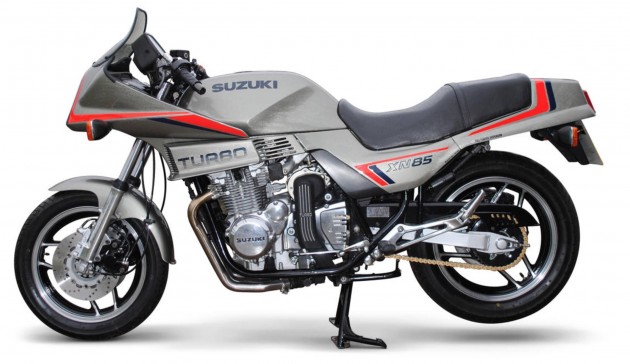





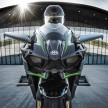
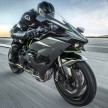
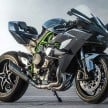

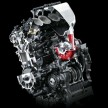
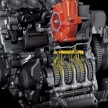
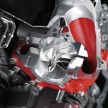
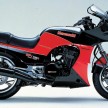
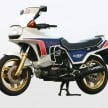
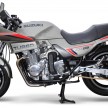
i saw a H2 at the track day in June 2014, he is in group B rider same with me.
manage to follow him (He rode with cautiously slow :D)..
but after turn 15, the bike was like a blink dissapear straight into turn 1… DAMN fast!!.
with current modern 1 liter engine hp & torque, i dont think we need turbo chargers,
An (NA) aprilia rsv4 rf with almost 190kg only with 205hp will reach 100kmh under 3 sec..and u wanna force charge it?..mau cepat2 sampai bulan kah? :D
typo..its in june 2015, my bad
I feel its a rather pointless endeavour to force feed a motorcycle, other than for bragging rights.
The weight and complexity offsets what you can do with by simply bolting on a larger engine. Besides with the torque that these big engines are making already, there is only so much the rear tyre can handle.
I would rather someone spend the effort to come up with some ESP system to reduce those nasty tank slappers….you know…for us “normal” riders……
power is nothing without control holds true here.
there’s no need for a 1000hp motorcycle when you can’t put any power down without the risk of being thrown off.
so the question is
what’s the desired outcome ? efficiency ?
Supercharged a smaller capacity say inline 4, 400cc ? Sounds delicious!
Noticed that some idiot has used a picture of a water cooled GPZ750R instead of the air cooled Gpz750 turbo…
I personally tested the H2 for entire week both on track and road. It was totally different from the current top notch. You cant compare Hayabusa or any other bike with H2 as its a totally different class. Would you compare a Bugatti with a Land Rover? Being a test rider, H2 offers a very different approach as it handles very well; it handles like a supersports, perform way above superbike. Although it has 200 bhp very similar to ZX10, but the supercharger makes heaps of difference. I was with a Kawasaki MSS racer side by side at turn 15 and on exit to home straight, both full throttle, i can clearly see the ZX10 getting smaller and smaller from my side mirror.
Imagine it’s sister, the H2R. 300 BHP. That is why kawasaki implemented a rules, whoever wana buy H2, you need to go through a test before you can buy 1.